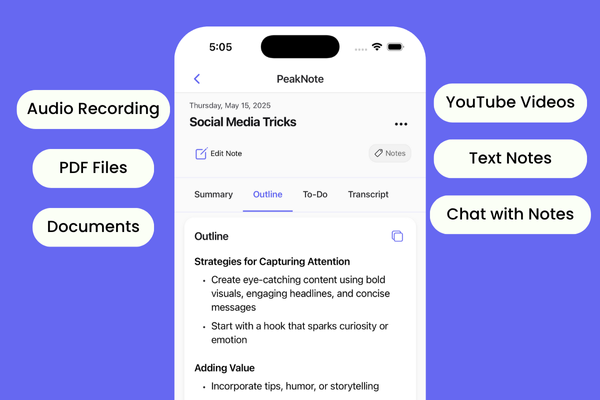When it comes to hosting your code on the internet, you may be confused about whether you need to use virtual servers or shared instances. But what if you didn’t have to worry about the infrastructure at all?
Serverless computing is emerging as an attractive way of decoupling server provisioning and management from application code, while still retaining the benefits of running code in containers.
With serverless architecture, developers are able to break away from building traditional web pages, which are independent. Serverless architecture is the new normal for how websites and web apps get built and hosted.
Serverless Compute Platforms have been around for a while now, but they're only recently being recognized as an efficient way for businesses to do computing on a kind of "pay-as-you-go" basis.
The article below takes a look at what serverless computing is, what types of serverless compute platforms are available in the market.
What is Serverless Computing?
Serverless computing is a type of cloud computing where machine resources are allocated on demand. Developers don't need to pay for the servers and cloud service providers handle executing the code.
Serverless computing is an emerging paradigm of cloud computing for larger-scale microservices. The main principle is that you can deploy code without needing to worry about the underlying infrastructure.
This also means that you don't have to manage any variables needed to complete a transaction, such as fragmentation and load balancing.
The most common languages that serverless runtimes support are Java, Python, and PHP. Typically, the functions will run under isolation boundaries, such as Linux containers.
What are the different types of serverless platforms?
FaaS (Function as a Service):
It is one such example of this that has seen rapid growth in popularity. Originally, web developers wanted serverless functions to focus solely on code – instead of provisioning and configuring infrastructure – and allow them to focus on writing code.
BaaS (Backend as a Service):
As of today, developers usually write backend services for their MVPs. This means they need to spend time writing boilerplate backend code for authentication, routing, databases, and more.
The problem with this approach is that it's often hard to use the same computer-intensive functions on an ongoing basis without incurring additional charges, which can quickly translate into a huge cash flow shortage. And companies are rightly wary of continuing to outsource all their workloads.
The Solution: Backend as a Service
Backend as a Service gives you access to powerful serverless computing through APIs - meaning services require zero deployments. This also includes encryption and personalized scaling plans to ensure your project will never have downtime.
Serverless Web Application Architecture

Image Source: aws.com
The architecture illustrated in the diagram shows a serverless way to host a customer-focused site, while still being able to use Amazon S3 for hosting files. This is used whenever the website is based on client-side technologies and eliminates any need to run a web server farm. In addition, you can use all of the features from the AWS Suite such as server-side encryption and bucket access policies to lock down right out user access to content.
Benefits of Serverless architecture
Serverless architecture comes with a variety of benefits, including lower costs, increased scalability, increased load times, greater simplicity, and quicker application release.
With serverless architectures, there are no servers to maintain. This means that you can focus completely on your application backend all the time!
It also means that if something goes wrong with the application backend or frontend during off-peak hours or on holidays, then there is no significant impact because it affects only your authorized app webhook functions. Non-technical managers say it's easier to visualize the webhooks they need for their apps in order to streamline processes.
Disadvantages of Serverless architecture
Like all applications, there are some disadvantages to using serverless architectures. Automation introduces new security concerns, while the application logic becomes more difficult to manage.
Serverless architecture is best for internal applications that don't need resilience or queuing services (unless your app is written in Node.js). Serverless does not scale well to large amounts of data, and should never be used for highly interactive or time-sensitive apps like live video chat sessions, stock market apps, etc.
Companies that Offering Serverless Platforms
Top Serverless Computing Services
- Compute:
- AWS Lambda
- Azure Functions
- Google Cloud Functions
- IBM Cloud Functions
- Storage:
- Amazon S3
- Azure Storage
- Google Cloud Storage
- IBM Cloud Object Storage
- Database:
- Amazon DynamoDB
- Azure Cosmos DB
- Google Cloud DataStore
- IBM Cloudant NoSQL Storage
It's amazing how quickly the market is shifting as these technologies mature and more companies adopt serverless architectures. What we can be sure of is that this trend towards operating at larger scales will compel us to collaborate better and find innovative ways to solve our problems.

